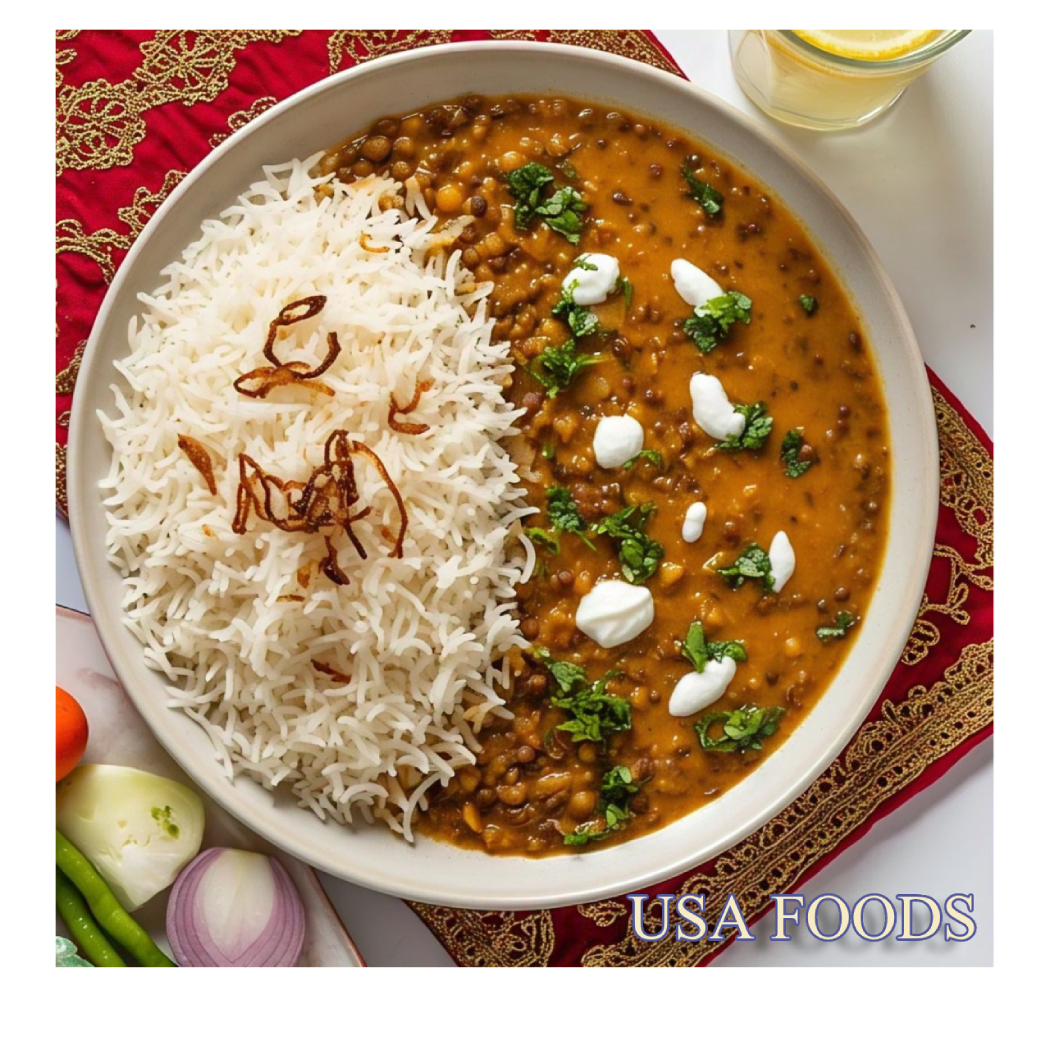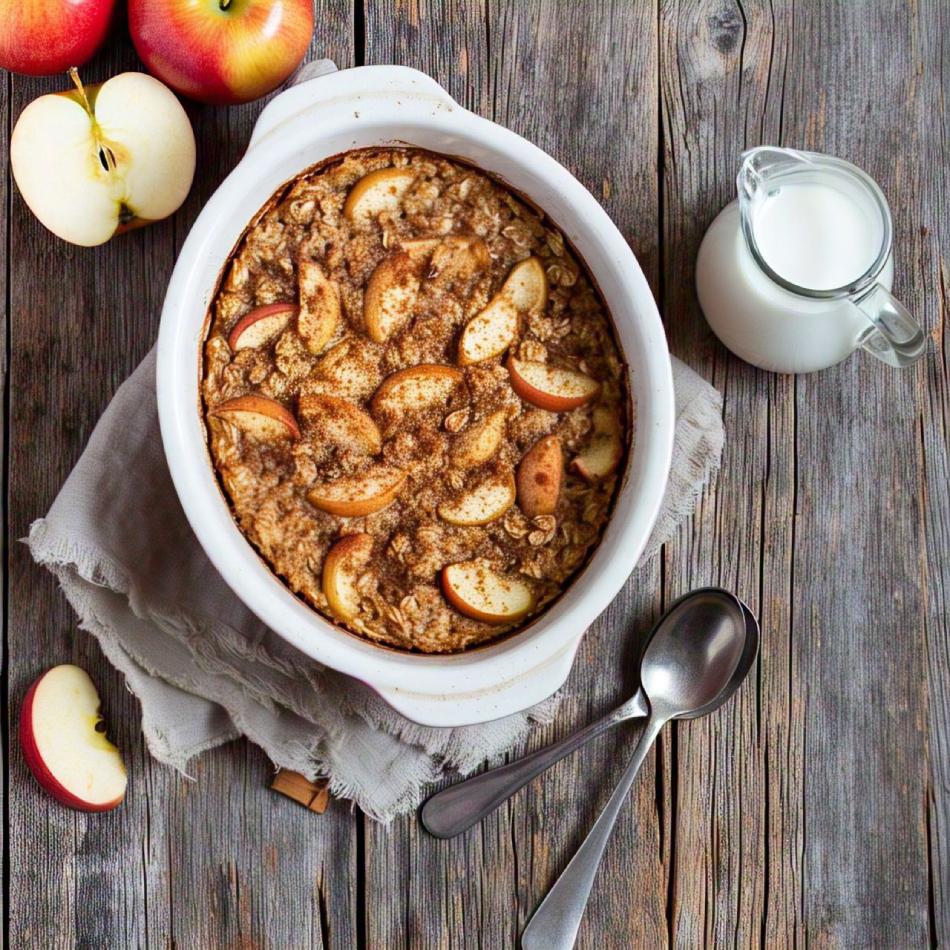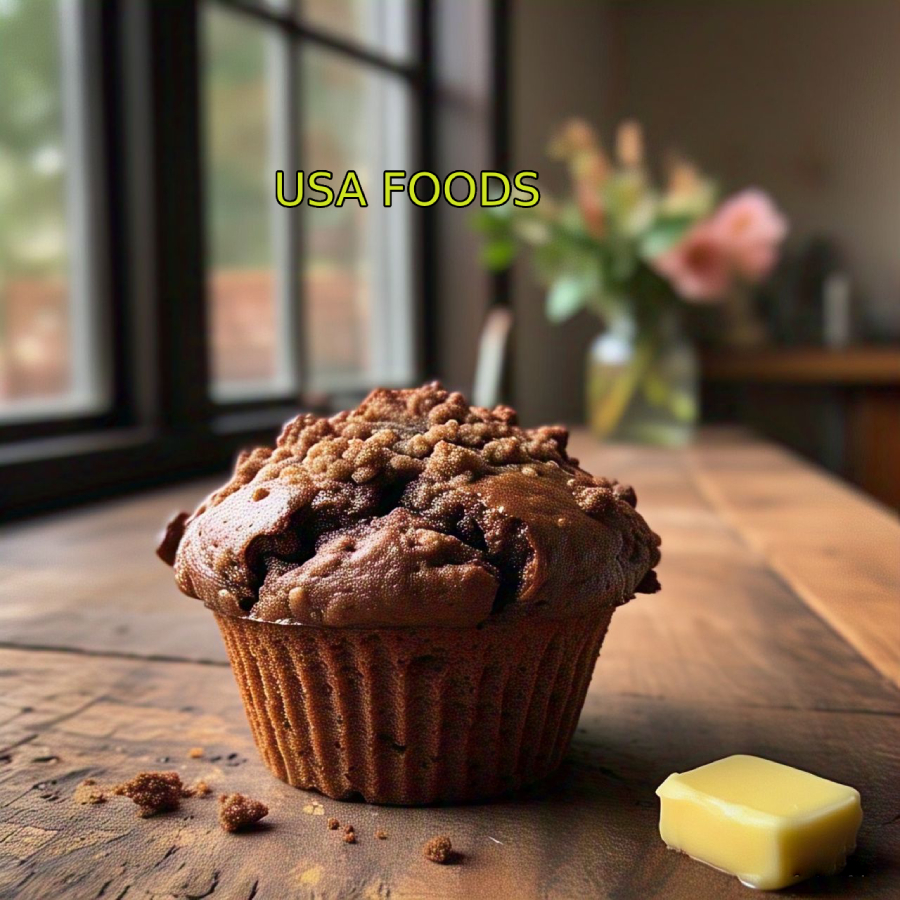Dal Chawal—two simple words that evoke nostalgia and warmth in every South Asian household. “Dal” refers to lentils, and “Chawal” means rice. Together, they make a nutritious, comforting, and wholesome meal that is not only easy to prepare but also deeply satisfying. Loved by people across India, Pakistan, Bangladesh, and Nepal, Dal Chawal is not just a dish—it’s a tradition.
In this comprehensive guide, we’ll explore the origins, nutritional benefits, variations, and a step-by-step Dal Chawal recipe that you can recreate at home. Whether you’re a beginner or a seasoned cook, this recipe will add value to your meal planning with both flavor and simplicity.
Table of Contents

Why Dal Chawal is the Perfect Meal
Dal Chawal is not just popular for its simplicity, but for the balance it brings to your diet. Here are a few reasons why this meal is a favorite across the subcontinent:
- ✅ Balanced nutrition: Lentils are high in protein and fiber, while rice provides essential carbohydrates.
- ✅ Affordable and accessible: The ingredients are widely available and budget-friendly.
- ✅ Customizable: Dal can be cooked with different lentils, spices, and regional variations.
- ✅ Comfort food: Light on the stomach yet filling, it is often considered soul food.
Nutritional Benefits of Dal Chawal
Before we jump into the recipe, let’s take a quick look at the nutritional benefits this humble meal offers:
| Nutrient | Dal (Lentils) | Chawal (Rice) |
|---|---|---|
| Protein | ✅ High | ❌ Low |
| Fiber | ✅ High | ❌ Low |
| Carbs | ✅ Moderate | ✅ High |
| Vitamins | ✅ B-complex | ✅ Some B-vitamins |
| Minerals | ✅ Iron, Magnesium, Potassium | ✅ Selenium, Manganese |
When combined, these ingredients form a complete meal. Adding a small spoon of ghee or butter can enhance flavor and add healthy fats.
Types of Lentils You Can Use for Dal
There are several kinds of lentils used in South Asian kitchens. Some popular choices include:
- Masoor Dal (Red Lentils) – Quick-cooking and light.
- Moong Dal (Yellow Lentils) – Easy to digest, often used for sick or elderly people.
- Toor Dal (Pigeon Peas) – Common in Indian households.
- Chana Dal (Split Bengal Gram) – Thick and rich texture.
- Urad Dal (Black Gram) – Heavier, used in Punjabi dal makhani.
You can use a single variety or mix two for a deeper flavor profile.
Traditional Dal Chawal Recipe
Preparation Time: 15 minutes
Cooking Time: 30-40 minutes
Serves: 4 people
Ingredients
For Dal:
- 1 cup lentils (red or yellow moong dal)
- 1 medium onion (finely chopped)
- 1 medium tomato (chopped)
- 2 cloves garlic (minced)
- 1 tsp ginger (grated)
- 2-3 green chilies (optional)
- 1 tsp turmeric powder
- 1 tsp red chili powder
- 1 tsp cumin seeds
- Salt to taste
- 3 cups water
- 2 tbsp oil or ghee
- Fresh coriander (for garnish)
For Chawal (Rice):
- 2 cups basmati rice (or any long-grain rice)
- 4 cups water
- 1 tsp salt
Step-by-Step Instructions
Step 1: Rinse and Soak the Dal
Rinse 1 cup of lentils under cold water 2-3 times until the water runs clear. Soak them for at least 15 minutes. This helps reduce cooking time and makes them easier to digest.
Step 2: Cook the Dal
In a pressure cooker or a pot:
- Add the soaked lentils and 3 cups of water.
- Add turmeric, salt, and chili powder.
- Cook on medium heat for 15-20 minutes until soft. If using a pressure cooker, 2-3 whistles are enough.
Step 3: Make the Tadka (Tempering)
- Heat oil or ghee in a pan.
- Add cumin seeds and let them sizzle.
- Add onions and sauté until golden brown.
- Add garlic, ginger, and green chilies. Sauté for a minute.
- Add chopped tomatoes and cook until soft and oil separates.
- Pour this tadka over the cooked dal and mix well.
Step 4: Cook the Rice
- Rinse the rice under water till it runs clear.
- In a separate pot, bring 4 cups of water to a boil.
- Add salt and rice.
- Cook uncovered until the rice is soft but not mushy.
- Drain excess water and let it rest for 5 minutes before serving.

Serving Suggestions
Dal Chawal is best served hot. Enhance the experience with these sides:
- A spoon of ghee or butter on top of the dal
- Fresh green chutney
- Slices of onion and cucumber salad
- Papad or pickle for an extra zing
- A squeeze of lemon juice
Regional Variations of Dal Chawal
Different regions in South Asia have their own twist on this beloved combo:
1. Punjabi Dal Chawal
Uses whole urad dal or a mix with rajma (kidney beans), heavily spiced with garlic and garnished with butter.
2. Bengali Dal Bhaat
Often uses moong dal, dry roasted for extra flavor. Served with fried eggplant or aloo bhaja.
3. Maharashtrian Varan Bhaat
Simple and slightly sweet dal made with toor dal and jaggery, paired with plain rice.
4. Pakistani Masoor Dal Chawal
Tadka includes garlic, green chili, and coriander. Sometimes served with achaar and kebabs.
5. South Indian Dal Rice
Uses toor dal tempered with mustard seeds, curry leaves, and asafoetida. Often paired with coconut chutney or sambar.
Tips for Making the Best Dal Chawal
- Soaking dal and rice reduces cooking time.
- Don’t skimp on the tadka—it’s what makes the dal flavorful.
- Add a bit of asafoetida (hing) for better digestion and flavor.
- If you like creamy dal, add a tablespoon of cream or coconut milk at the end.
- Make it spicy or mild as per your taste.
Is Dal Chawal Good for Weight Loss?
Absolutely! Dal Chawal provides:
- Lean plant-based protein
- High fiber content (dal)
- Complex carbohydrates (rice, especially brown rice)
- Low-fat if made with minimal oil or ghee
Pair it with a veggie stir-fry or salad, and you’ve got a complete, low-calorie, nutrient-rich meal.
Dal Chawal for Kids
Dal Chawal is often the first solid food introduced to toddlers. It’s easy to digest, soft, and nutritious. You can make a mash by blending dal and rice with a bit of ghee and feeding it to infants.
Storing and Reheating
Dal and Chawal can be stored in the refrigerator for up to 3 days.
- Reheat dal on the stovetop or microwave. Add a splash of water if it has thickened.
- Steam or microwave rice with a damp paper towel on top to retain moisture.
Conclusion
Dal Chawal is more than just a meal—it’s a cultural icon, a nutritional powerhouse, and the ultimate comfort food for millions. Whether you are cooking for your family, preparing a budget-friendly meal, or just craving something hearty yet healthy, Dal Chawal fits the bill.
Try this classic recipe, and don’t be afraid to add your personal touch. It’s a dish that welcomes experimentation but never loses its traditional charm.




